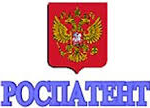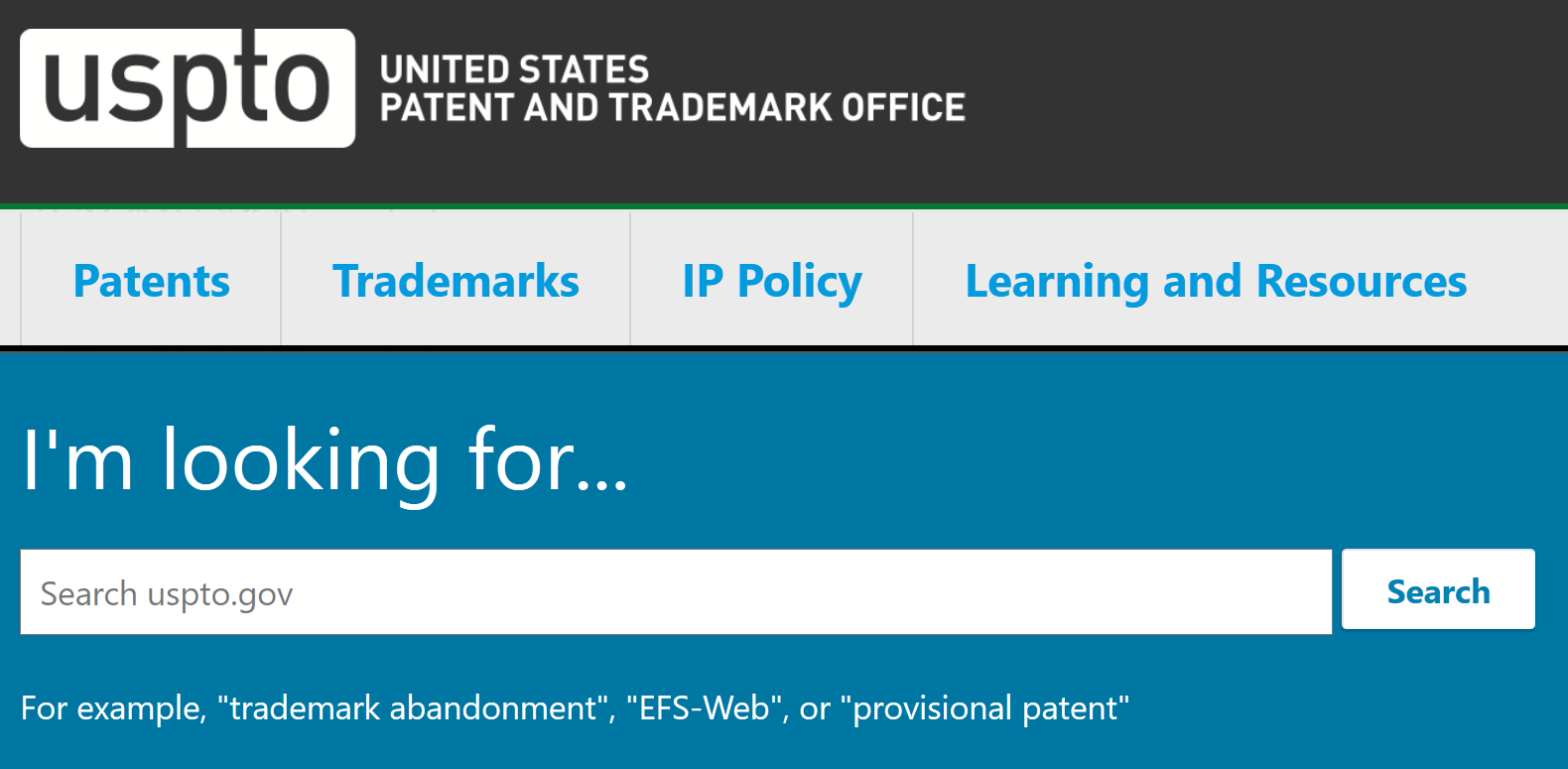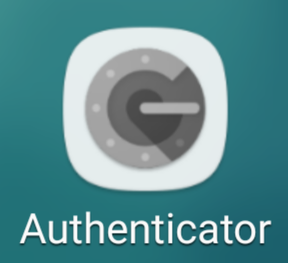 I have blogged here (in 2015) and here (in 2014) about the need for USPTO to implement SSL (secure sockets layer or “https://”) on all of its external-facing web sites. I have reminded the USPTO that there is an executive order from the White House directing all US government agencies to do this. USPTO was very slow to comply, but has made some progress. One of the last web sites that USPTO managed to migrate to SSL was the Public PAIR web site.
I have blogged here (in 2015) and here (in 2014) about the need for USPTO to implement SSL (secure sockets layer or “https://”) on all of its external-facing web sites. I have reminded the USPTO that there is an executive order from the White House directing all US government agencies to do this. USPTO was very slow to comply, but has made some progress. One of the last web sites that USPTO managed to migrate to SSL was the Public PAIR web site.
Recently came the disappointing news that USPTO made plans to roll back the functionality of the Public PAIR web site. In a posting on April 3, 2017, USPTO said:
The USPTO will be performing maintenance on the Public Patent
Application Information Retrieval (Public Pair) beginning at 12:01
a.m., Friday, April 21 and ending at 2 a.m., Friday, April 21 ET.
During the maintenance period, Public PAIR will be unavailable.
Immediately after the maintenance, users will only be able to access
Public PAIR through URLs beginning with HTTP, such as
https://portal.uspto.gov/pair/PublicPair. Past URLs using HTTPS to
access Public Pair, such as
https://portal.uspto.gov/pair/PublicPair, will no longer work.
Now comes an announcement on April 24, 2017:
HTTPS access to Public PAIR
The USPTO’s public facing legacy systems, such as Public PAIR, were not designed to support HTTPS protocol. The agency has worked hard to enhance these legacy systems to support HTTPS. Following the agency’s April 11, 2017 deployment of HTTPS to Public PAIR, some public users reported errors accessing Public PAIR. A decision was made to back-out the new HTTPS capability while the agency investigated a resolution to the issue. We expect to implement a fix and restoration of the HTTPS protocol in the next few weeks. The USPTO is sorry for any inconvenience.
There’s just no excuse for this. People who administer web sites are well aware that there are off-the-shelf solutions for adding SSL functionality to any legacy web site. There are modestly priced commercial boxes (simple boxes that you connect between the web server and the Internet) to do this. For those who cannot afford a modestly priced commercial solution, there are off-the-shelf open-source solutions that run on a simple inexpensive Linux box. These solutions do not require any modification to the legacy system, and they do not slow down the user access data rates.
Let’s hope USPTO does a Google search or two and learns how to do this.

 As I mentioned in
As I mentioned in 

 WIPO’s release of its latest version of ePCT, with its two new user-friendly approaches to two-factor authentication, provides some perspective. Against this perspective, conspicuous by its absence is any hint or suggestion of USPTO moving to some user-friendly approach to two-factor authentication.
WIPO’s release of its latest version of ePCT, with its two new user-friendly approaches to two-factor authentication, provides some perspective. Against this perspective, conspicuous by its absence is any hint or suggestion of USPTO moving to some user-friendly approach to two-factor authentication. 